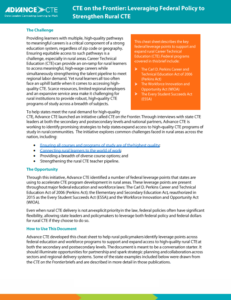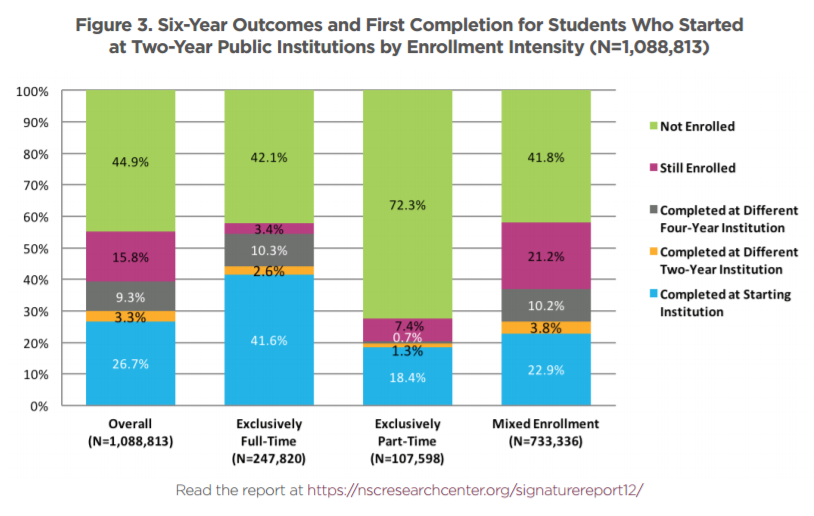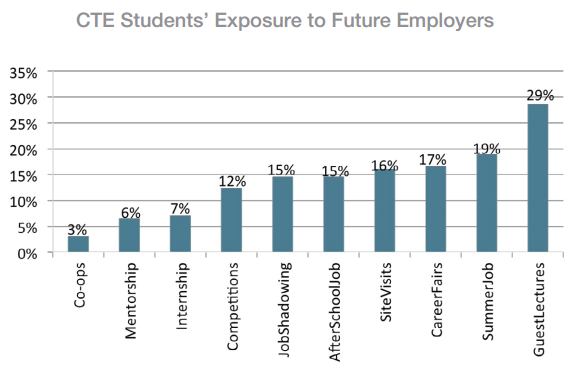 This week, the White House shared an updated timeline for the release of a full budget proposal. Read below to learn more about what to expect, as well as the next scheduled hearing in Congress for reauthorization of the Workforce Innovation and Opportunity Act (WIOA) and new data on Career Technical Education (CTE).
This week, the White House shared an updated timeline for the release of a full budget proposal. Read below to learn more about what to expect, as well as the next scheduled hearing in Congress for reauthorization of the Workforce Innovation and Opportunity Act (WIOA) and new data on Career Technical Education (CTE).
Administration Schedules Full Budget Release
On Thursday President Joe Biden announced that the full Fiscal Year 2022 (FY22) budget request from the White House will be shared on Friday, May 28. This is a change from the previously scheduled release date of Thursday, May 27. The upcoming proposal follows the April release of a “skinny budget” request which included a $29.8 billion increase for U.S. Department of Education (ED) programs.
Advance CTE will be monitoring the full budget release and the implications for CTE.
House Plans Second WIOA Hearing
The House Committee on Education and Labor’s Subcommittee on Higher Education and Workforce Investment will hold the second of three hearings on the reauthorization of WIOA on Thursday, May 27 at 12:00pm EST. The hearing will be on “Creating Employment Pathways for Dislocated Workers.” The first subcommittee hearing on WIOA reauthorization took place last week and was about “Creating Opportunities for Youth Employment.” An overview of the topics discussed during that hearing can be found here.
Advance CTE recommendations for reauthorization of WIOA can be found here. This resource includes strategies to:
- Connect education and the workforce;
- Align federal policy to the 21st century workforce;
- Support successful outcomes for in-and out-of school youth;
- Improve data and accountability; and
- Elevate career pathways.
New Research Shows Impact of CTE on Postsecondary Outcomes
Written by Hannah Neeper, Policy Research Associate, Association for Career and Technical Education (ACTE). Original post can be found here.
CTE concentrators are seven percent more likely to graduate from high school on time and 10 percent more likely to enroll in postsecondary education within two years of graduating compared to non-CTE concentrators, according to a new report from the Institute of Education Sciences’ Regional Education Laboratory Central (REL). REL worked together with education leaders in Nebraska and South Dakota to examine the impact of secondary CTE on graduation rates and postsecondary enrollment and completion within two to four years. The researchers sought to answer two research questions throughout their analysis:
- What is the impact of being a CTE concentrator on high school graduation, two-year and five-year postsecondary enrollment and completion, and type of postsecondary award attained?
- How do high school graduation and two-year and five-year postsecondary outcomes vary by career cluster?
For the first question, overall, the data showed positive impacts of a learner being a CTE concentrator. Not only did the data show that CTE concentrators were more likely to graduate from high school on time and enroll in postsecondary education, but these learners were also more likely to earn a postsecondary award within two and five years of graduation. Findings from the second research question focused on learner outcomes of concentrators in each career cluster. The researchers found that regardless of the career cluster, high school graduation rates were consistently higher than those learners who were non-CTE concentrators. Regarding specific career clusters, learners in finance, marketing, health sciences, and government and public administration had the highest two- and five-year postsecondary enrollment rates. Learners in transportation, distribution and logistics, had the highest two-year postsecondary award attainment rates, yet the third lowest for five-year postsecondary award attainment rates.
The researchers conclude that the findings provide evidence that state and local education agency leaders can use when determining whether to fund, strengthen or expand CTE programs. These findings also suggest that CTE concentrators might have a greater likelihood of completing a certificate, diploma or associate degree, and almost as high a chance of completing a bachelor’s degree, as other students—challenging misperceptions that CTE is not academically rigorous. The researchers encourage students and families to use these findings when deciding whether and how to participate in CTE programs. They also encourage education leaders to look at the postsecondary enrollment and attainment rates across career clusters to better align CTE programs with local, regional and state workforce needs.
Meredith Hills, Senior Associate for Federal Policy




 Contributing to a growing body of research on the economic benefit of industry credentials, the Public Policy Institute of California last month released a
Contributing to a growing body of research on the economic benefit of industry credentials, the Public Policy Institute of California last month released a 
